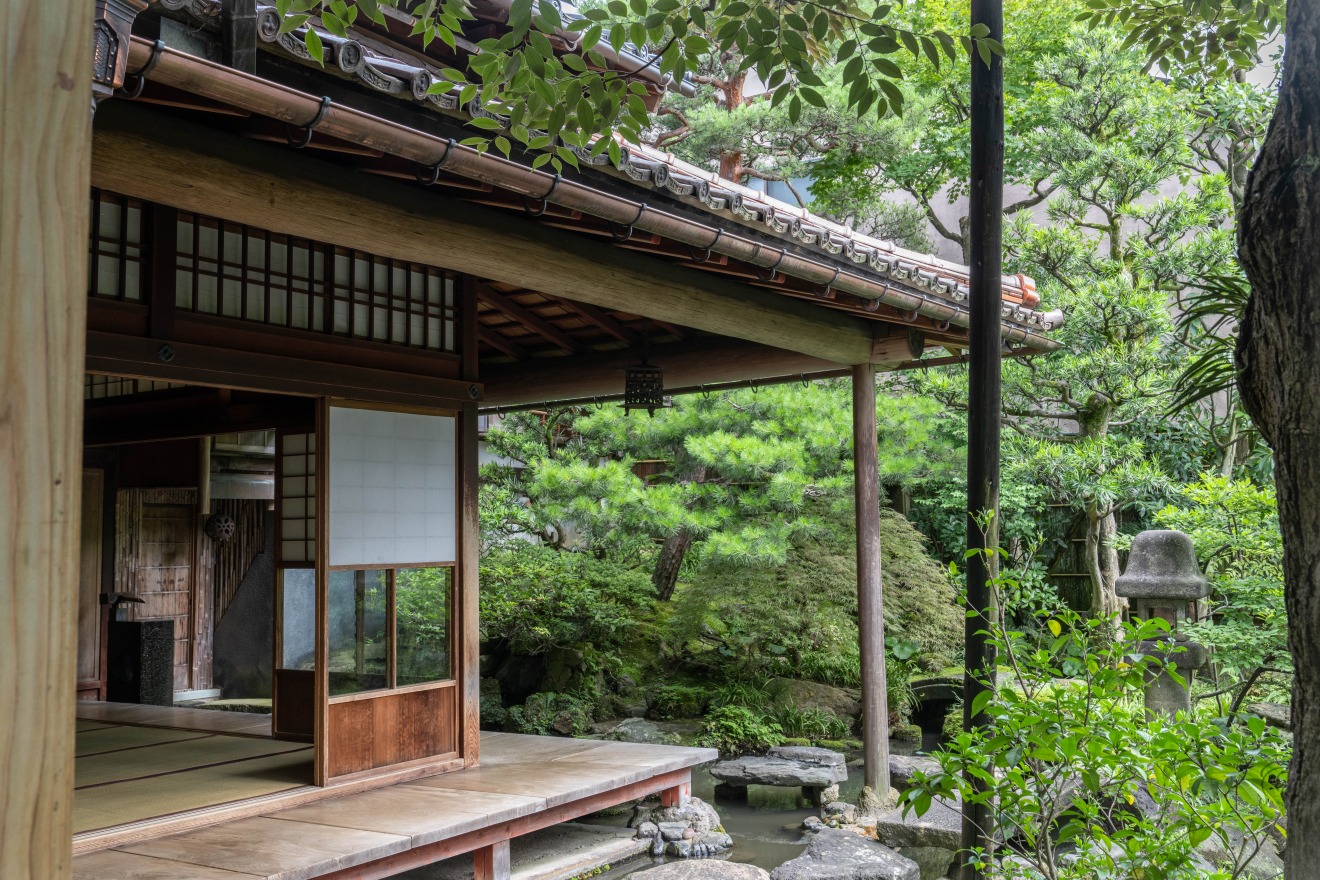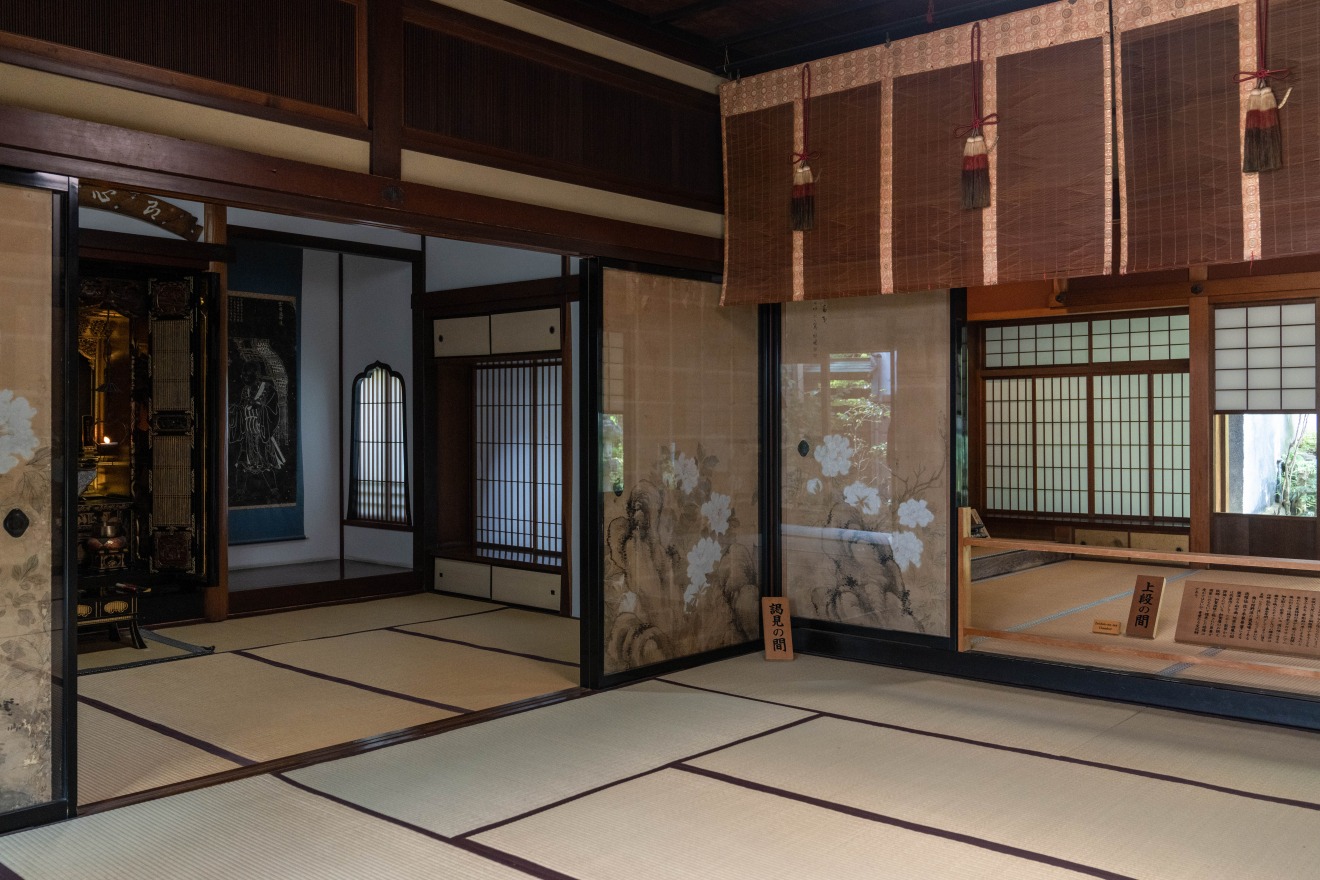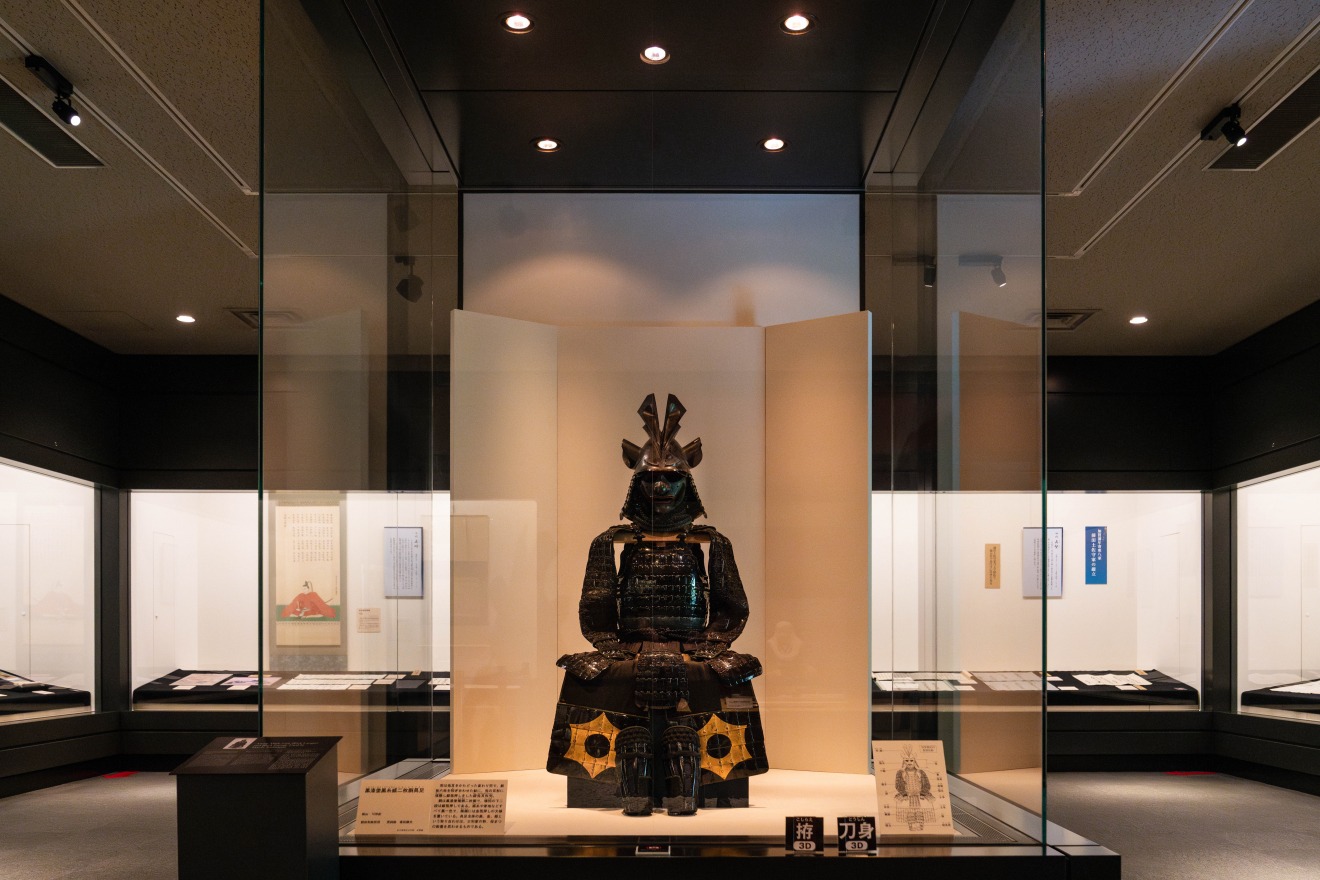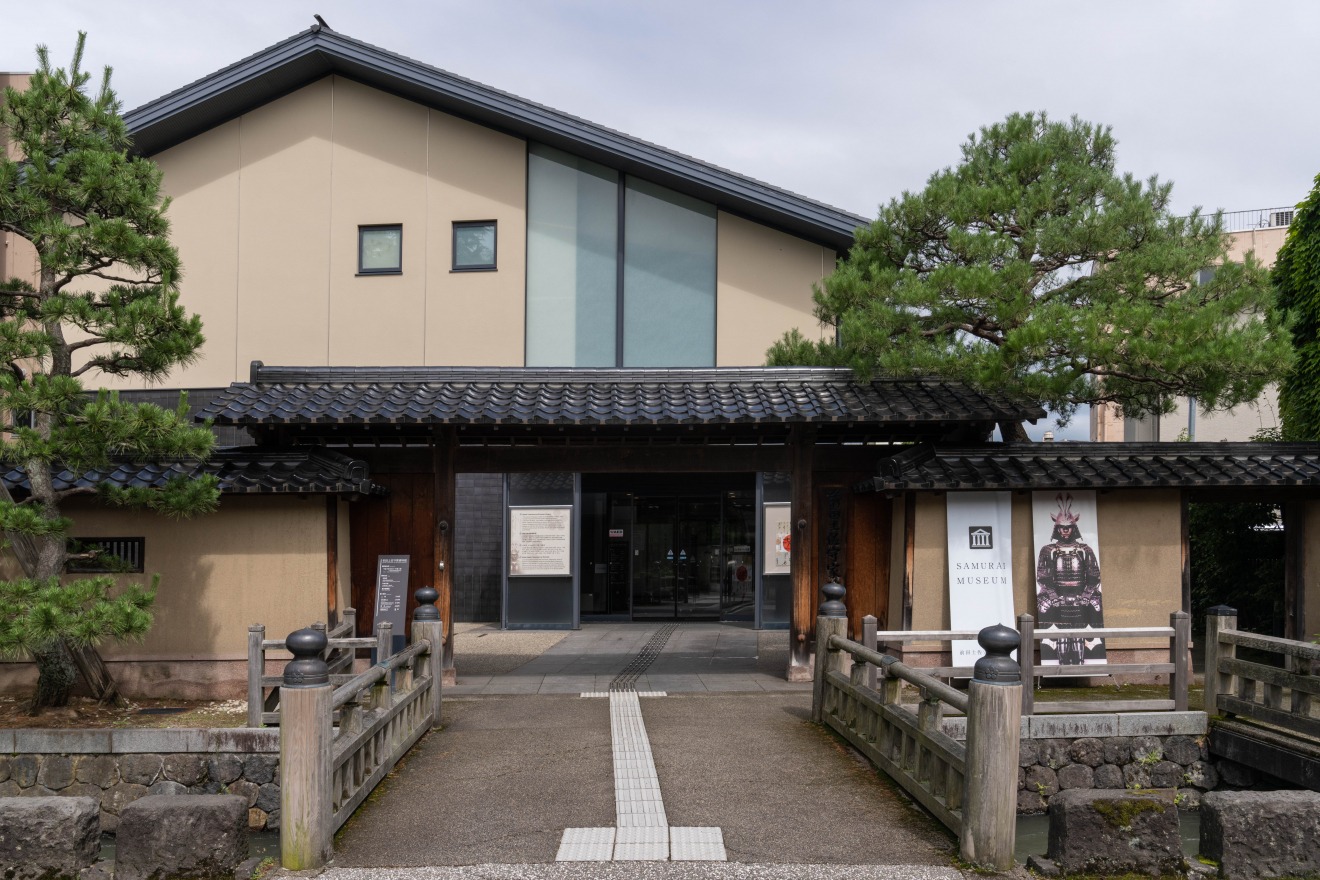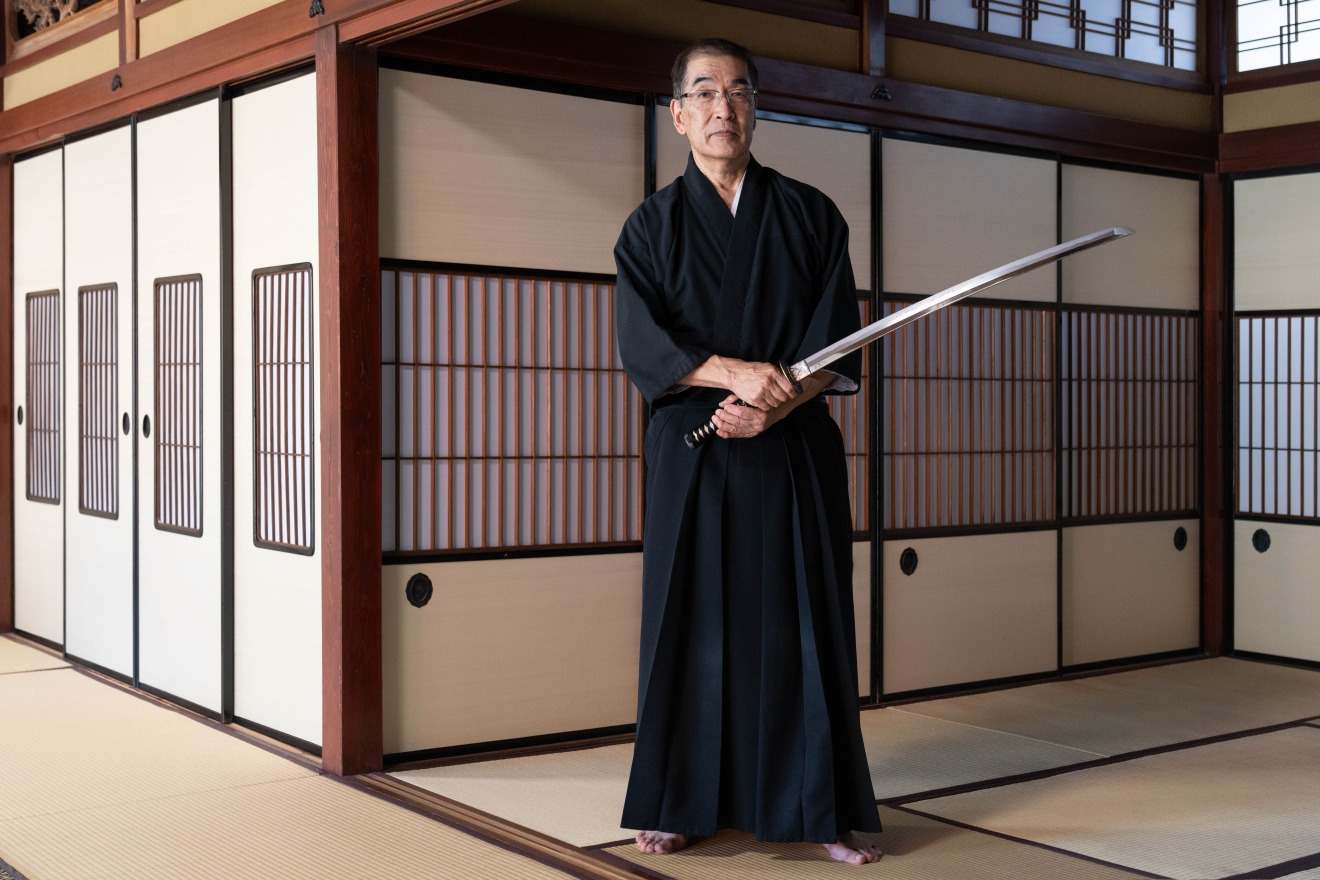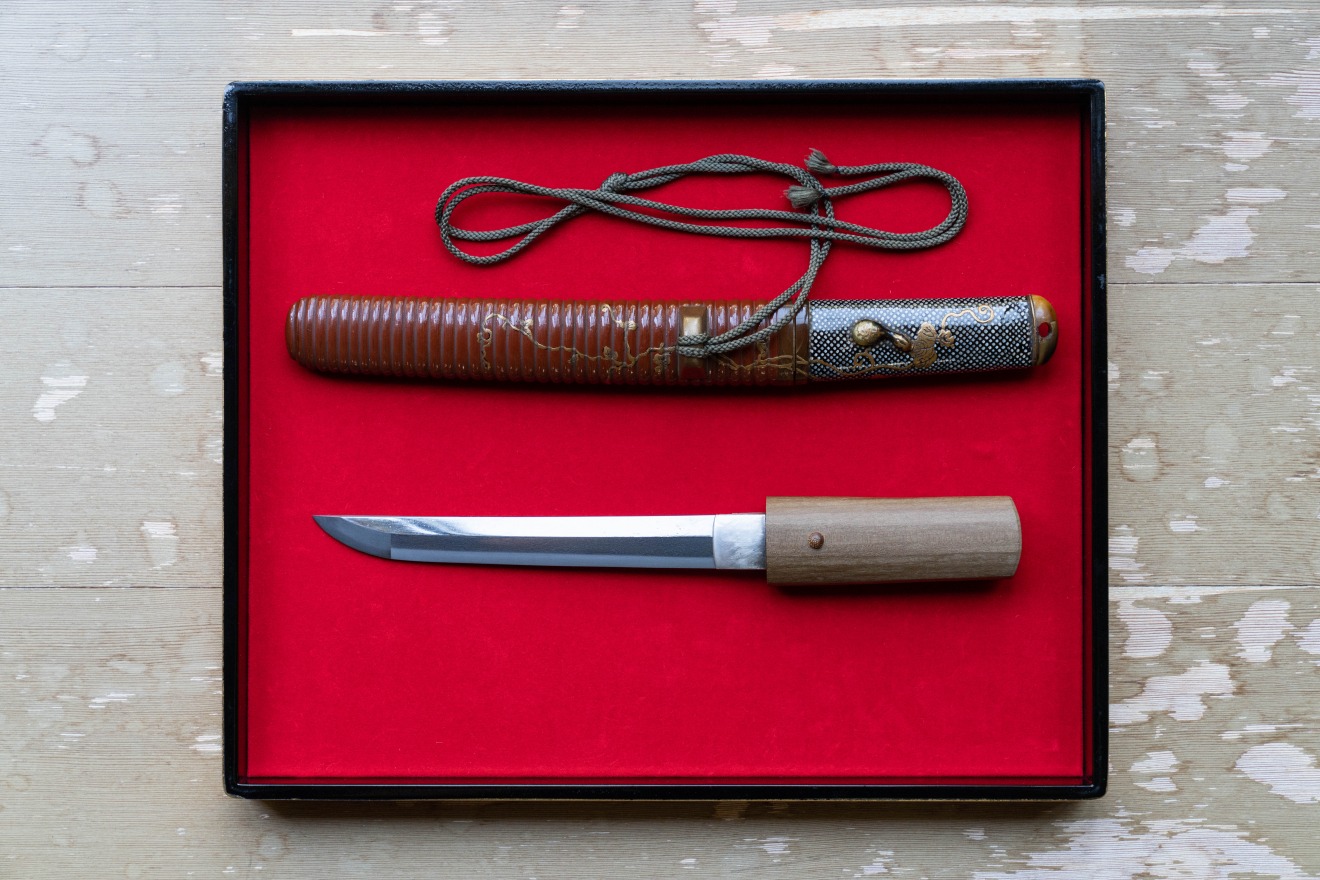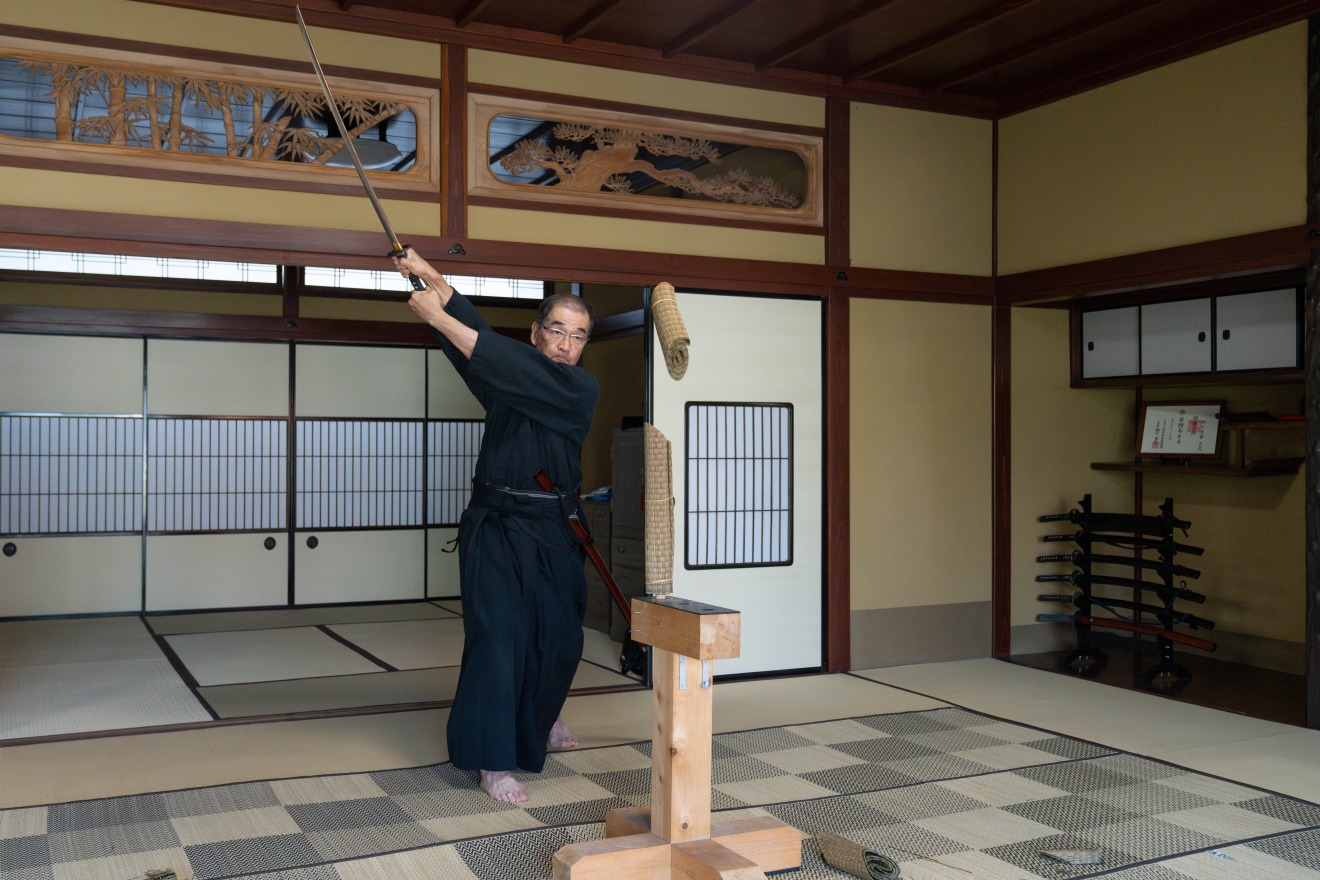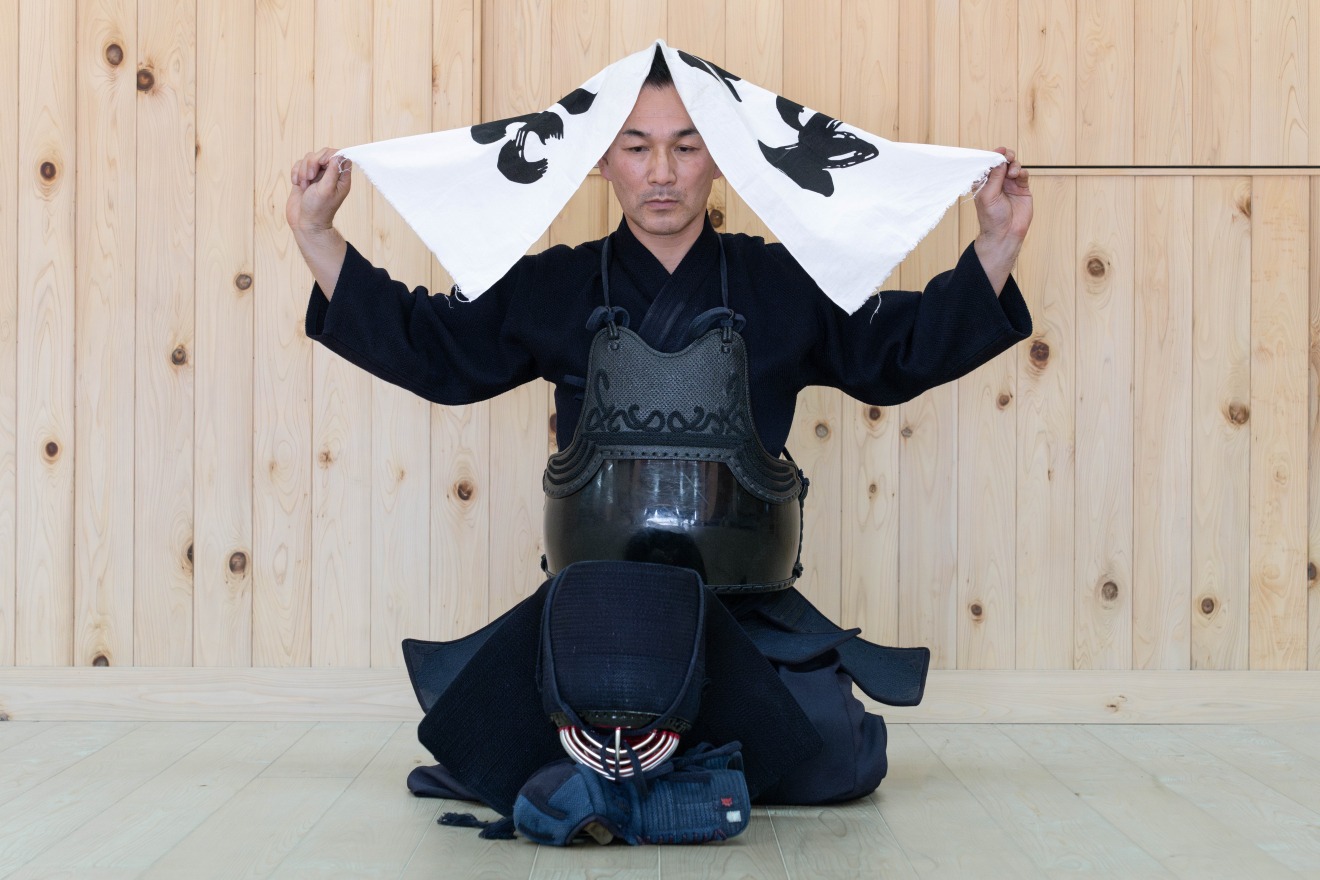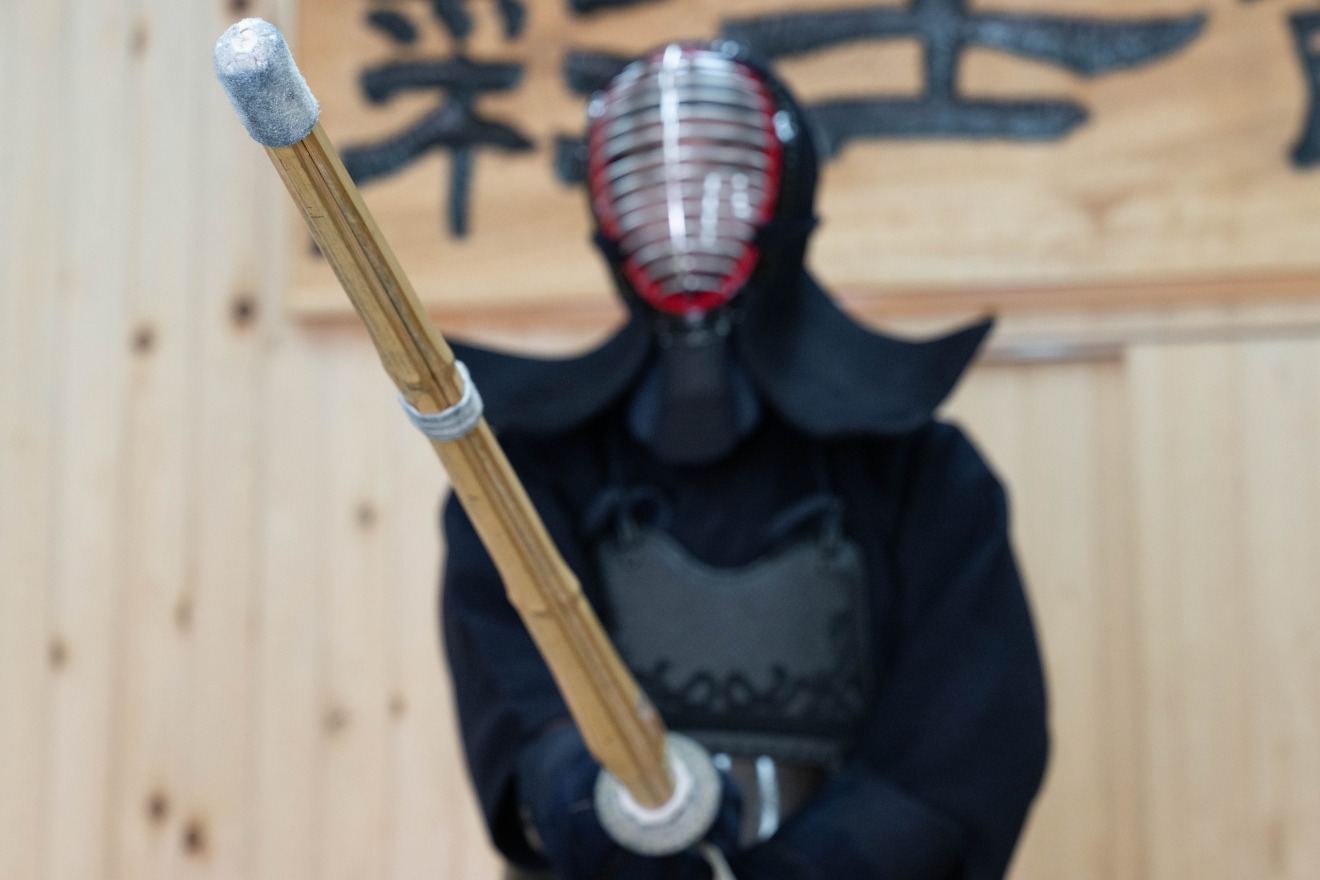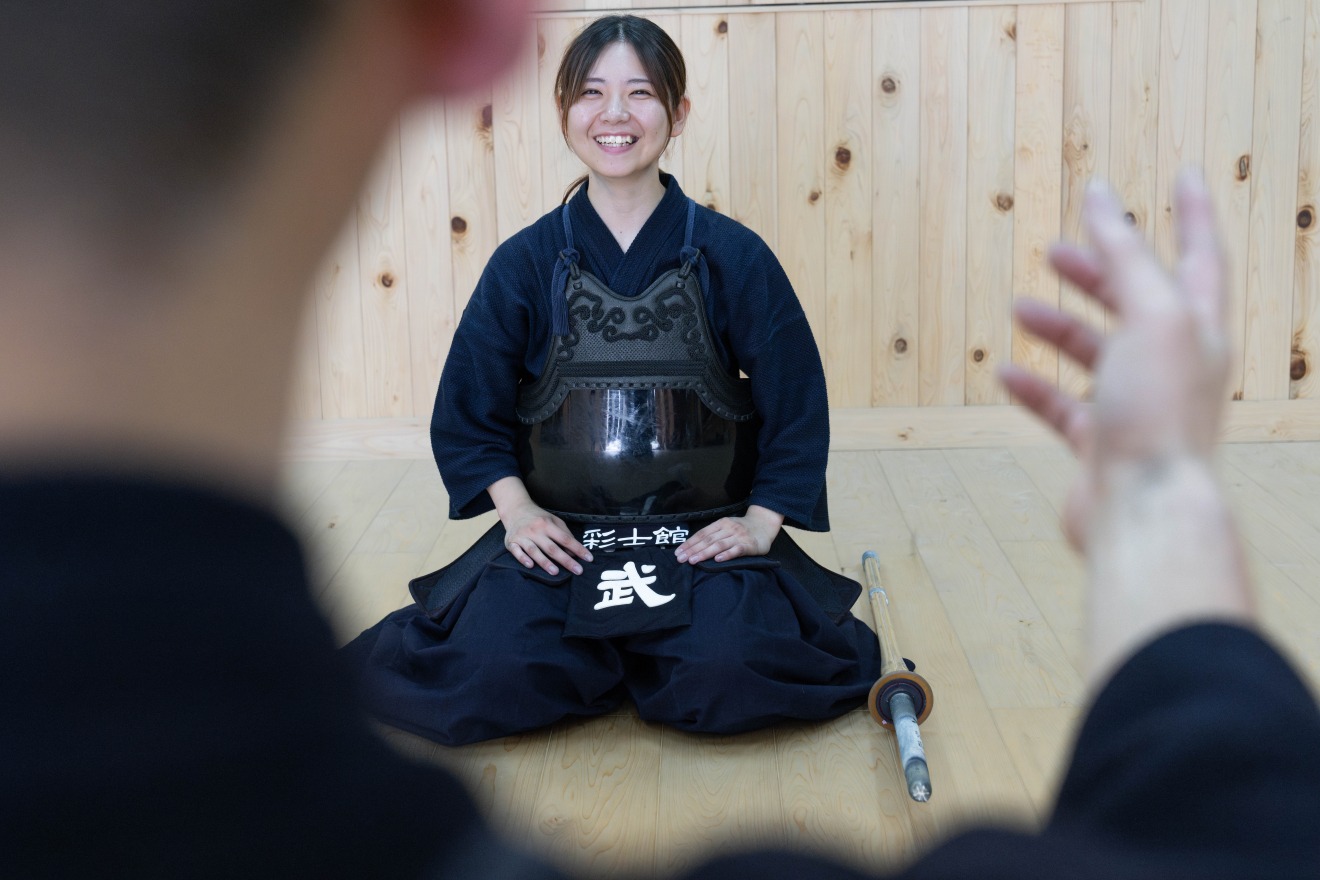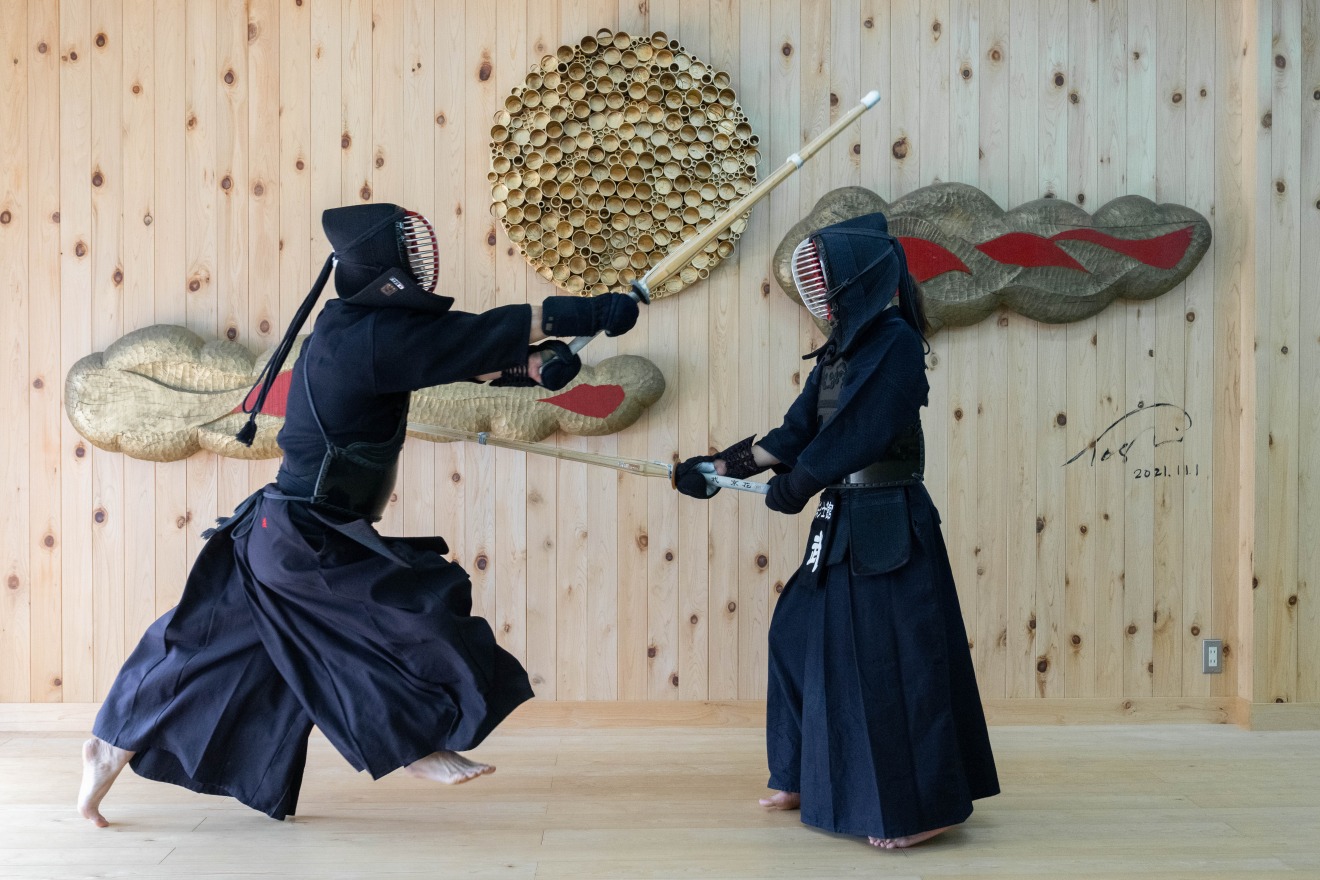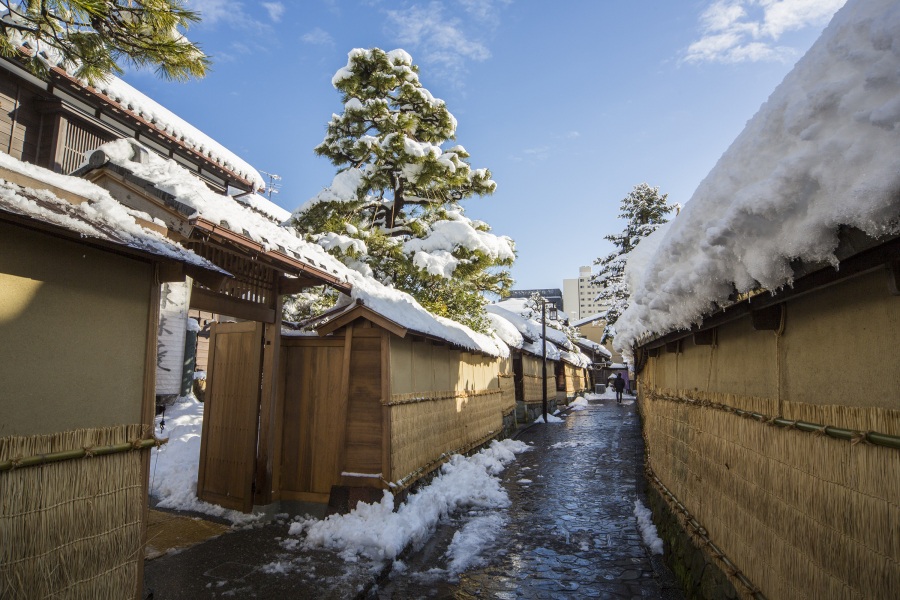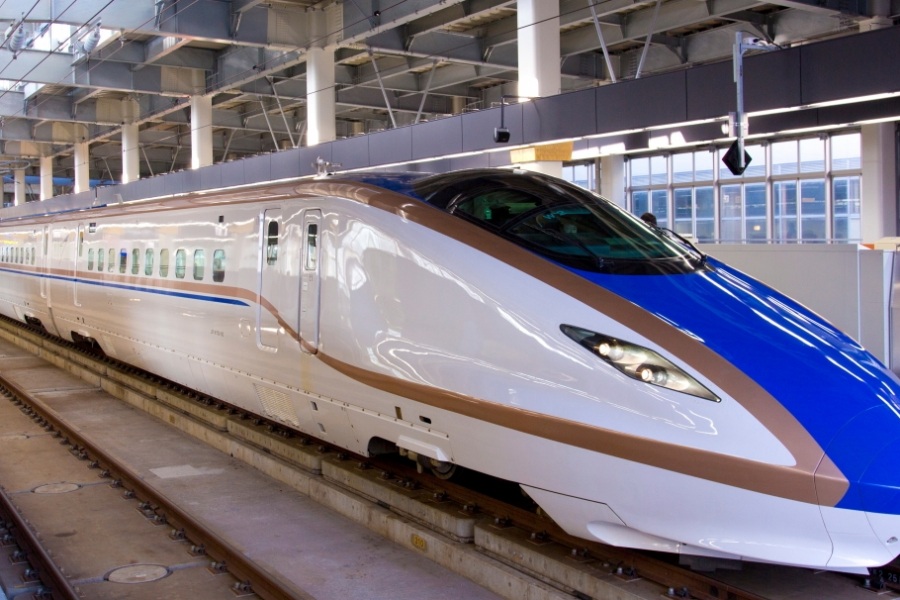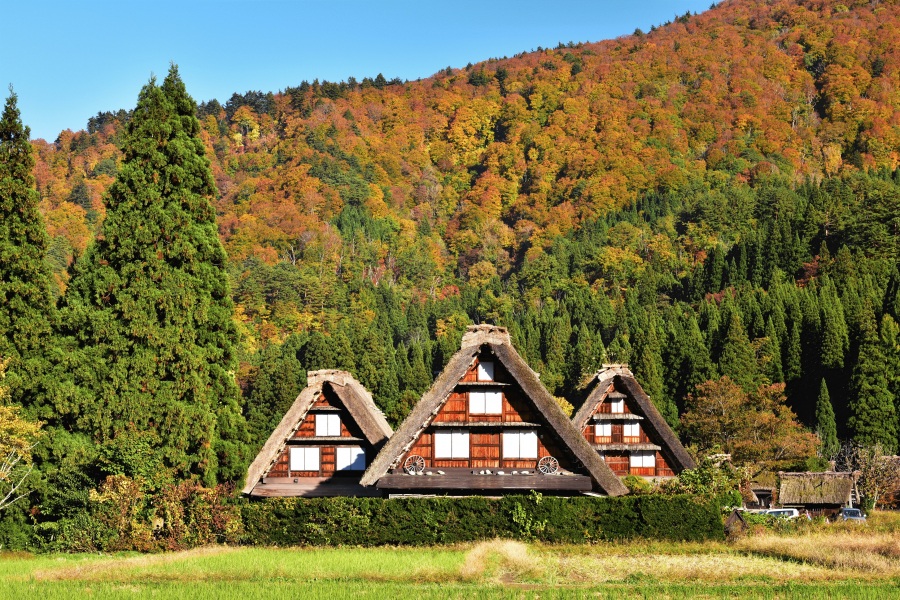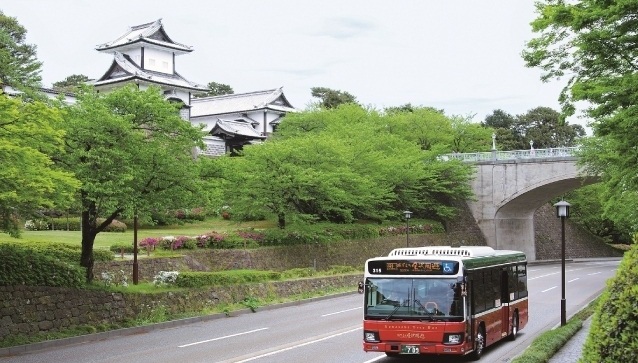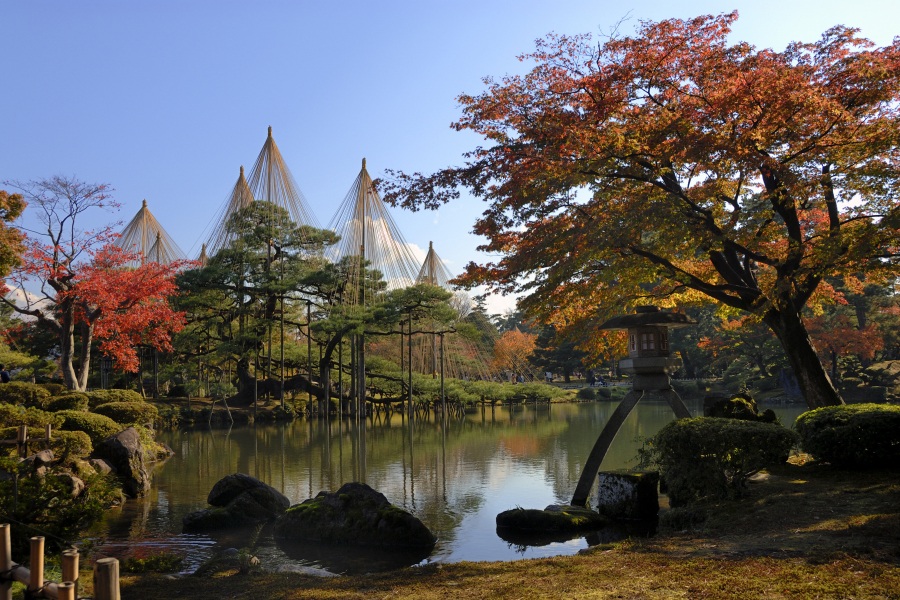Explore Kanazawa’s martial arts tradition and become a samurai for a day
One of the most appealing aspects to travel in Japan is the ability to step back in time to another era, one hidden just beneath the surface of the archipelago’s modern cities and towns. In Kanazawa, the Edo period (1603–1867), when the shogun warlords ruled the land, remains very much alive in a vibrant collection of historic neighborhoods, heritage buildings and traditions. One of these is the martial arts, weapons and dwellings left by samurai, Japan’s famous warrior elite.
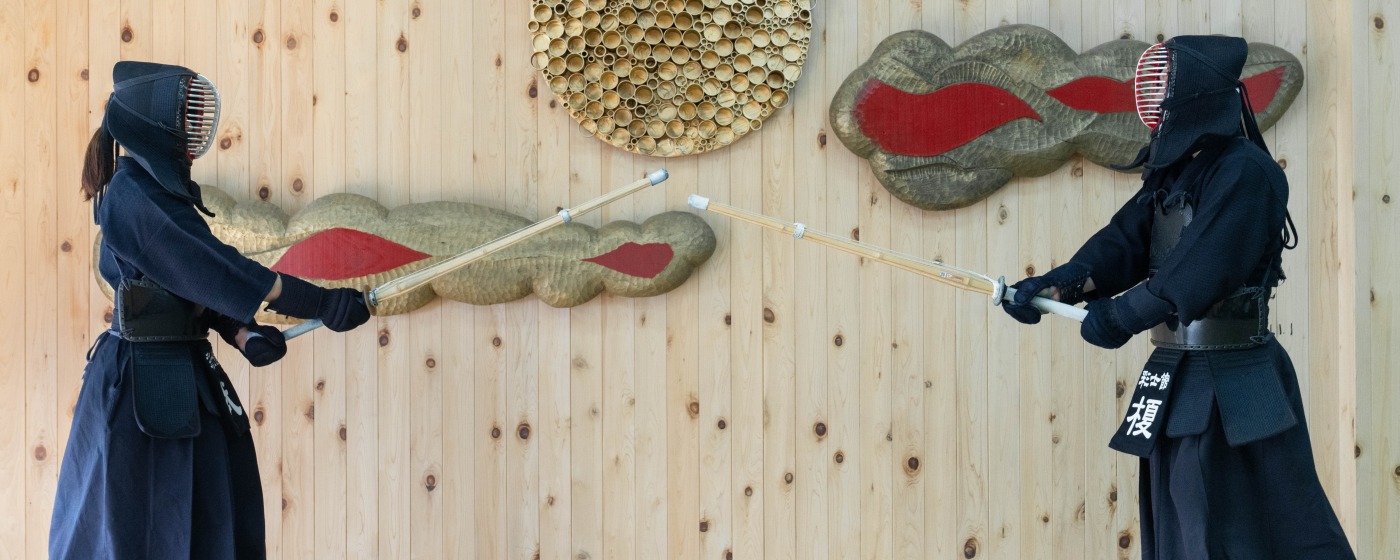
Step into the world of samurai in Nagamachi
Kanazawa was a castle town during Edo times and the capital of the richest domain under the Tokugawa shogunate. It was famed for its wealth of over 1 million koku, a unit of rice that was enough to feed one person for a year. A great place to begin exploring the heritage of the Kaga domain is in the Nagamachi samurai district, a roughly 12-minute walk from Kanazawa’s 21st Century Museum of Contemporary Art.
Nagamachi is a picturesque neighborhood of old earthen walls, mini-canals, cobblestone streets and traditional samurai homes. A must-visit site here is the Nomura-ke Samurai Residence, a restored Edo period house that belonged to high-ranking retainers of the Kaga daimyo warlords. The highlight is the Jodan-no-ma, a tatami mat room used for receiving the daimyo himself; it features a coffered ceiling of Japanese cypress, delicate woodwork of ebony, rosewood and persimmon, and fusuma paintings by Kano school master Senkei Sasaki. The veranda overlooks an exquisite garden of carp-filled ponds surrounded by beech and wax myrtle trees.
caption:The Nomura-ke Samurai Residence features a garden with a waterfall, stone lanterns and a bridge of cherry granite
To deepen your understanding of the neighborhood and the world that the samurai lived in, visit the nearby Maeda Tosanokami-ke Shiryokan Museum. It has thousands of artifacts from the ruling Maeda clan established by the warlord Maeda Toshiie (1538–1599) including letters and other documents from Japan’s Warring States period. Don’t miss the silver-plated, black lacquer armor and kabuto helmet with its distinctive projections (inspired by rabbit ears) worn by Toshiie’s son Toshimasa. The workmanship of this treasure is truly exquisite.
caption:The Maeda Tosanokami-ke Shiryokan Museum has a collection of samurai documents, armor and weapons
Become a Bushido devotee for the day
You can go beyond learning about samurai history by living it—just for a day. Across the Saigawa river near the Nishi-chaya district lies a neighborhood of well-preserved temples and shophouses. One of the latter is Shijimaya-Honpo, located about 20 minutes by bus from Kanazawa Station followed by a five-minute walk.
caption : Masahisa Shijimaya is a second-dan master of iaido swordsmanship
Housed in a 140-year-old wooden building surrounding a beautiful garden of moss and plum trees, Shijimaya-Honpo is a traditional fermented foods maker established in 1875. It is currently headed by Masahisa Shijimaya, a second-dan master of iaido, a martial art centered on swordsmanship. Shijimaya proudly shows off his collection of Muromachi- and Edo-period samurai blades, including katana and wakizashi, to visitors. He points out distinctive hamon patterns on the swords and inscriptions on the tang, the end of the sword below the hilt. One bears the inscription “Soushuu Masamune XIII” which refers to a swordsmith from a prominent school of smiths near Kamakura that is still making swords today.
caption: Shijimaya’s collection of samurai arms includes exquisitely crafted blades both small and large
“All the foreign interest in samurai culture has created a great opportunity for Japanese people to look at it again with fresh eyes and rediscover its good qualities,” says Shijimaya. “My hope is that this will continue to preserve it for future generations.”
Tours of Shijimaya-Honpo are 7,000 yen. Another option is having a healthy lunch including Shijimaya-Honpo fermented foods; 2,200 yen per person. Be sure to reserve in advance.
As an extra option, for an additional 3,000 yen, you can also dress up in samurai kimono and pose for photos with replica swords—don’t worry they’re not sharp enough to cut!
caption: Shijimaya demonstrates an iaido cutting technique by slicing through matting
caption: Kendo master Toshihiro Enoki puts on a head covering that goes under his facemask
Learn about kendo and gird up for battle
To fully embrace the samurai spirit, one has to become a warrior, or at least try it out. Based on traditional swordsmanship, kendo is a Japanese martial art that dates to the Edo period when samurai took up bamboo swords, or shinai, to preserve their skills during centuries of peace. Saishikan is a kendo school and shop located off the Hokuriku Expressway. When you step through the noren curtains into the wooden dojo, there’s rich scent of fresh cedar—Saishikan was built in 2021.
Kendo master Toshihiro Enoki is the head instructor at Saishikan. He has been practicing kendo for nearly 50 years, but was once a middle school art teacher, one reason the dojo is adorned with unique carvings and calligraphy.
“Art and kendo have points in common,” says Enoki. “Sculpture requires heijoushin or presence of mind for the sculptor to be able to carve a form that overcomes the space around it. Kendo is rooted in the martial arts philosophy of fudoushin or the immovable mind. To go from stillness and mental tranquility to sudden motion in kendo requires the same presence of mind.”
caption: Kendo is a Japanese martial art that dates to the Edo period when samurai took up bamboo swords, or shinai, to preserve their skills
Participants at Saishikan learn the basics of kendo etiquette such as bowing, the essential stances, and how to hold and wield the shinai. For a commemorative photo, you can suit up in kendogi and kendo bougu armor, including the distinctive facemask with its men grille. You’ll come away with a deeper appreciation of Japan’s martial arts traditions and you may even get a good workout!
Saishikan
1-14-102 Sakuradamachi, Kanazawa City, Ishikawa
caption: Steeped in tradition and etiquette, kendo can also be an enjoyable workout
